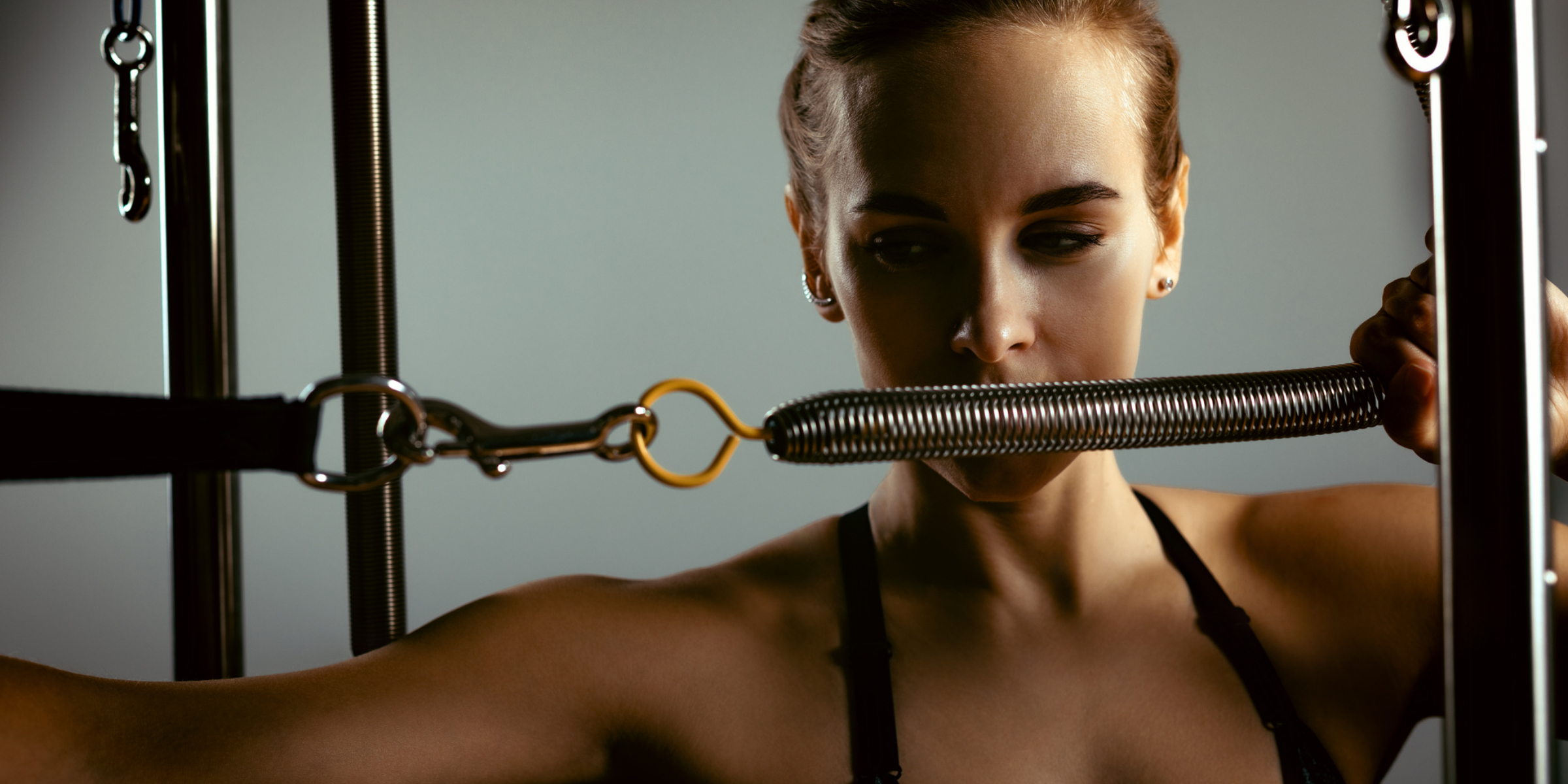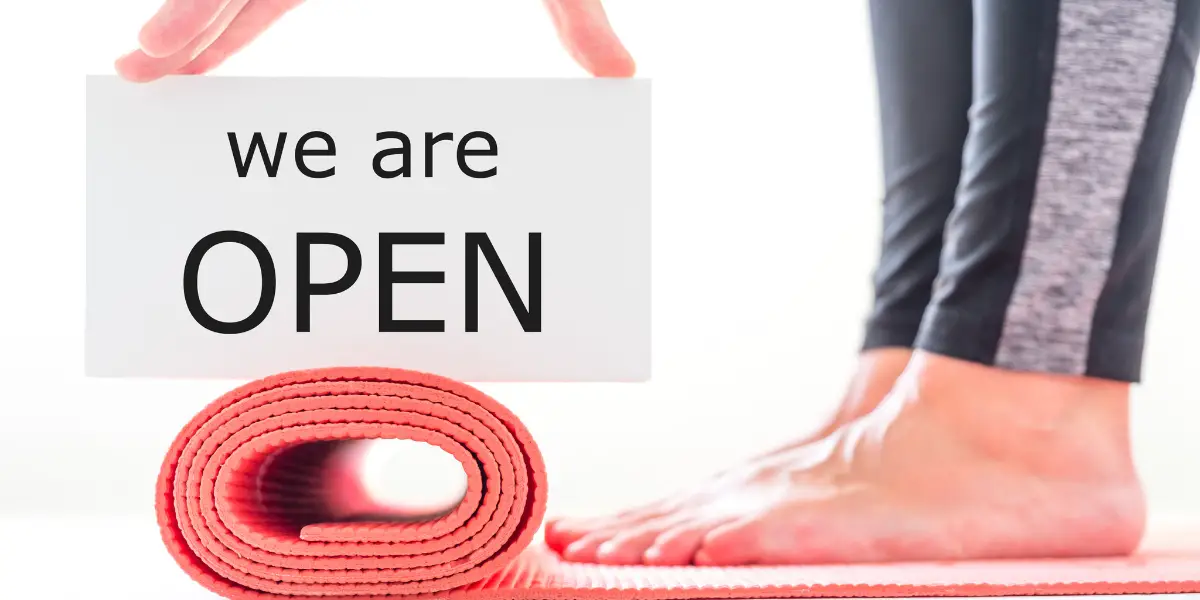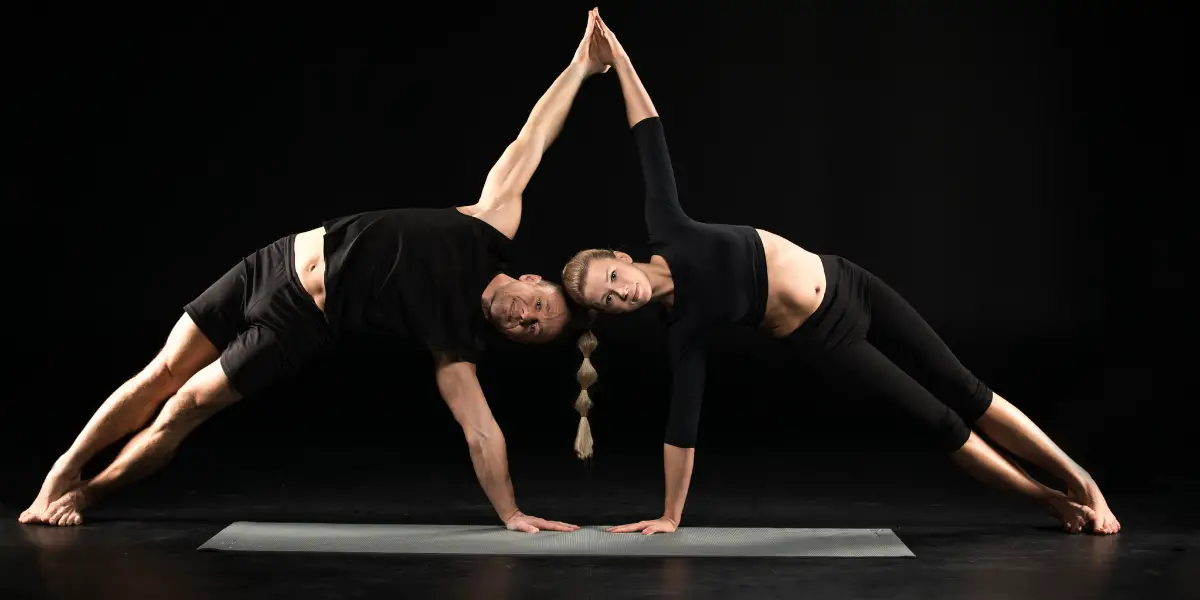Diving into the realm of Pilates, one encounters a myriad of tools designed to sculpt, strengthen, and rejuvenate the body. Among these, the Pilates Reformer stands out, not just for its intriguing design but for the flexibility it offers practitioners to tailor their workouts. This customization’s heart is a seemingly simple feature: resistance adjustment.
Pilates Reformer Resistance Adjustment allows users to modify workout intensity by changing the spring tension. You can either decrease or increase resistance by selecting lighter or heavier springs. This customization helps tailor exercises to individual strength levels and fitness goals.
But like the nuances of a fine-tuned musical instrument, understanding and mastering this feature can transform one’s exercise journey, pushing boundaries while maintaining harmony with individual needs and goals.
The Mechanics of Reformer Resistance: How It Works
The Pilates Reformer is an ingeniously designed piece of equipment that uses a combination of springs, pulleys, and a moving carriage to provide resistance during exercises. But how does this system work?
- Spring System: At the core of the Reformer’s resistance are its springs. These can be made of metal or other materials and are attached to the moving carriage. When the carriage is moved (either by pushing off with the legs or pulling with the arms), these springs stretch, creating resistance.
- Different Spring Tensions: Reformers typically come with various spring tensions. These can range from very light to very heavy. The more springs you use or the heavier the springs, the greater the resistance, and vice versa.
- Carriage and Track System: The carriage is the moving part of the Reformer where the user lies, sits, or kneels. It glides smoothly along a track, and its movement against the resistance of the springs challenges the body.
- Pulleys and Ropes: These allow for a wider range of exercises and can change the angle of resistance. By adjusting the position of the pulleys or the length of the ropes, users can target different muscle groups and modify exercise intensity.
Understanding the mechanics of the Reformer’s resistance system is crucial for effective workouts and safety. When one grasps how the system functions, making informed decisions about resistance levels becomes easier, ensuring exercises are both challenging and safe.
Benefits of Personalized Resistance Levels in Pilates Workouts
Tailoring resistance levels in Pilates Reformer workouts offers a bespoke exercise experience, delivering numerous benefits that cater to individual needs, abilities, and goals. Here’s a deep dive into why personalized resistance adjustments are game-changers:
- Adaptable to Individual Needs: Only some begin their Pilates journey at the same fitness level. Personalized resistance ensures that beginners aren’t overwhelmed, while seasoned practitioners still find challenge and growth.
- Focused Muscle Development: Adjusting resistance can target specific muscle groups more effectively. Whether the goal is toning, building strength, or improving muscle endurance, the Reformer can be fine-tuned to meet those objectives.
- Reduced Risk of Injury: Customizable resistance ensures the body isn’t strained beyond its current capabilities. This reduces the chances of overstretching, muscle pulls, or other related injuries.
- Enhanced Motivation and Progress: Watching oneself progress from lighter to heavier resistance can be incredibly motivating. This tangible evidence of improvement encourages consistency and dedication to the practice.
- Flexibility in Workout Design: Trainers and individuals can design workouts that vary in intensity. One day might focus on low resistance and high repetitions for endurance, while another might emphasize strength with high resistance and fewer reps.
- Supports Rehabilitation: The ability to fine-tune resistance is invaluable for recovering from injuries or surgeries. It allows gentle, controlled movements to aid the rehabilitation process without causing strain.
In essence, the beauty of the Pilates Reformer lies in its adaptability. The capacity to adjust resistance makes it a versatile tool, catering to diverse needs and ensuring that each session on the Reformer is productive and aligned with individual goals.
Navigating Beginner to Advanced: Choosing the Right Resistance
Embarking on the Pilates Reformer journey, it’s essential to understand that resistance isn’t a one-size-fits-all approach. For beginners, the primary objective should be to familiarize oneself with the machine and its movements and to build foundational strength. Starting with lighter resistance allows novices to grasp the correct form, ensuring safety and preventing undue strain. As they become comfortable, gradually increasing resistance helps build strength stamina, and refine technique.
For the more advanced practitioner, the Reformer becomes a playground for challenging the body and pushing its boundaries. With a solid understanding of form and a stronger core, they can safely experiment with heavier resistance settings. This builds muscle tone and strength and introduces a higher level of challenge in balance, stability, and endurance. However, even advanced users should periodically revisit lighter resistance settings to focus on precision, control, and fluidity in their movements. This ebb and flow between resistance levels ensure a holistic and balanced approach to one’s Pilates journey.
Tips and Safety Considerations When Adjusting Reformer Resistance
When delving into the world of the Pilates Reformer, the ability to adjust resistance is both a gift and a responsibility. Proper manipulation ensures an effective workout, but careless adjustments can lead to potential injuries. Here are some tips and safety considerations to keep in mind:
- Start Slow: If you’re new, begin with a lighter resistance to understand the movement patterns. This ensures you maintain proper form and reduces the risk of overstraining muscles.
- Listen to Your Body: While a little challenge is good, pain is a clear signal to stop. If you feel sharp or persistent pain, consider reducing the resistance and consulting an instructor or therapist.
- Consistency Over Intensity: Maintaining consistent workouts with appropriate resistance in the long run is more beneficial than sporadically pushing yourself too hard. Aim for steady progression rather than abrupt jumps in resistance.
- Regular Maintenance: Ensure that the Reformer’s springs and other parts are periodically checked and well-maintained. Worn-out springs can lead to uneven resistance and potential injuries.
- Get Professional Guidance: Especially when starting, it’s invaluable to have a trained Pilates instructor guide you. They can provide insights on the optimal resistance for different exercises and help you adjust as you progress.
- Stay Focused: Pilates requires mindfulness. When adjusting resistance, ensure you’re not distracted, and double-check your settings before starting an exercise.
- Warm Up and Cool Down: Before diving into exercises, warm up your muscles with light stretches or movements. Similarly, after a session, a cool-down phase helps muscle recovery and prevents stiffness.
Adopting these practices and always keeping safety at the forefront will ensure your journey with the Pilates Reformer is fruitful and injury-free.
Sources:
https://www.merrithew.com/blog/post/2023-08-22/what-is-a-pilates-reformer
https://www.framefitness.com/blog/news/a-beginners-guide-to-the-pilates-reformer
https://evergreenclinic.ca/what-is-the-pilates-reformer-benefits-and-how-to-use/




